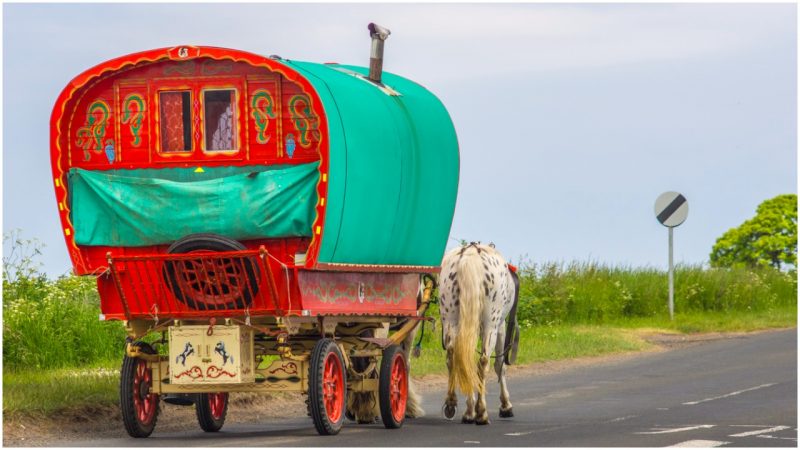Picking up a book by a Romani writer might surprise you for several reasons. First, it could be the voice of the character, which is emptied of Roma-related prejudices and would hardly evoke any sense of “otherness” in the narrative.
Second, the protagonists, as seen through the eyes of Roma people, are not instantly branded as being different. And third, the story surprisingly may be about something banal, not exotic, and it can certainly make for an extraordinary read. But like many things related to Roma people, their literature–and other cultural artifacts–has traditionally occupied a spot on the edge of society.
For many decades after their arrival in Europe, the Roma people continued to live their nomadic way of life. As on the continent, the Romani travelers go a long way back in Britain. Naturally, their culture on the island blended within the local context, but they still also managed to preserve essential traits originating from their homeland in 8th and 9th century India.
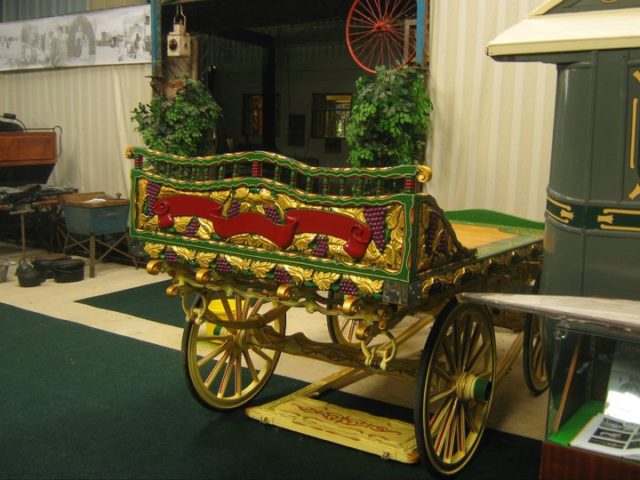
In Britain, Kent would count as one of the regions that has the highest populations of Romani. The reason for this lies in its history of edible bounty: For perhaps four centuries, Kent has proudly retained the title of being the “Garden of England.”
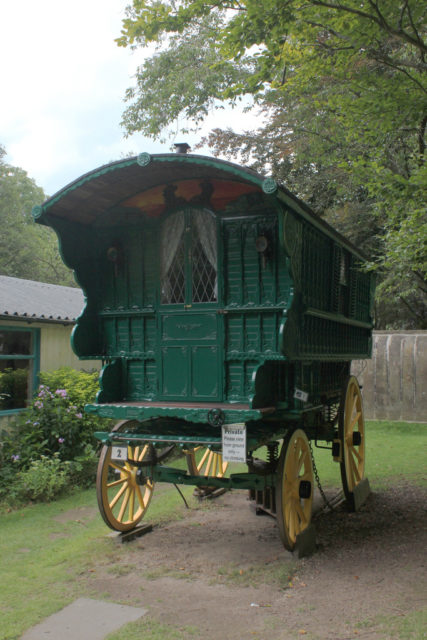
This title dates back to the times of King Henry VIII, who been particularly pleased after trying a dish of fresh Kent cherries. The desired fruit and vegetable gardens of Kent, therefore, required a larger mobile workforce, which is where the Romani travelers most likely came into the picture. Working on the farms in the countryside proved to be a great way for the Romani to support their nomadic way of life.
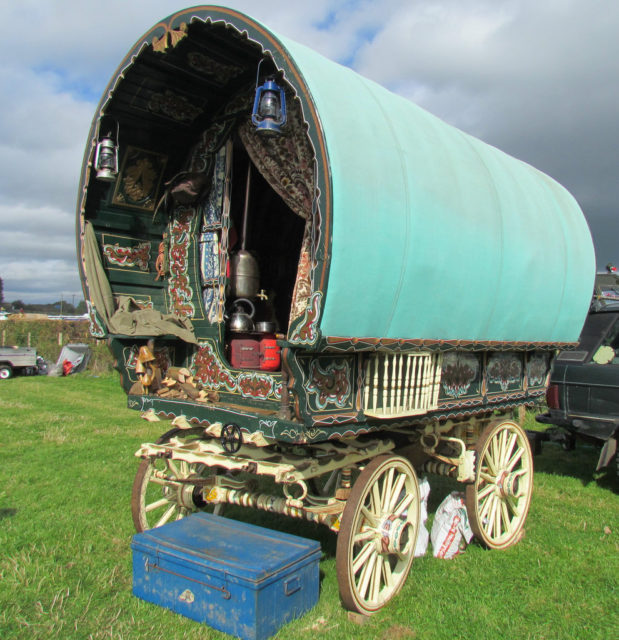
What truly made their way of life possible were the Vardo wagons. The Romani families would faithfully follow the rhythm of the seasonal work on the farms.
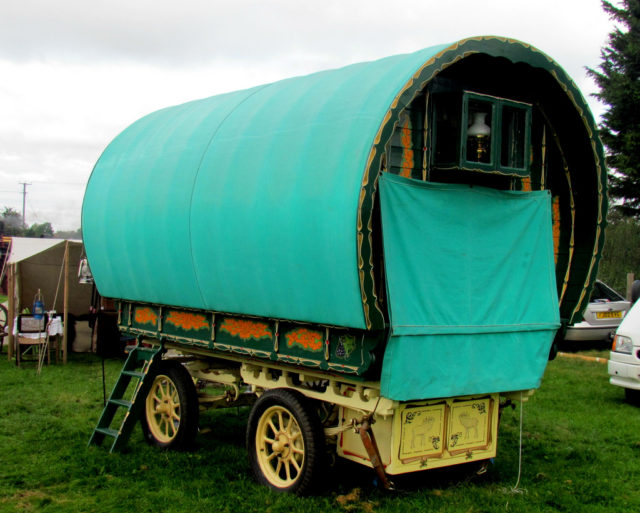
Their wagons were pulled by horses and were heavily ornamented on the exterior, while the inside was built to accommodate the family members during the night. Throughout the winters, the moving around the country stopped, as the Romani picked a suitable place to rest, such as on the edges of urban areas.
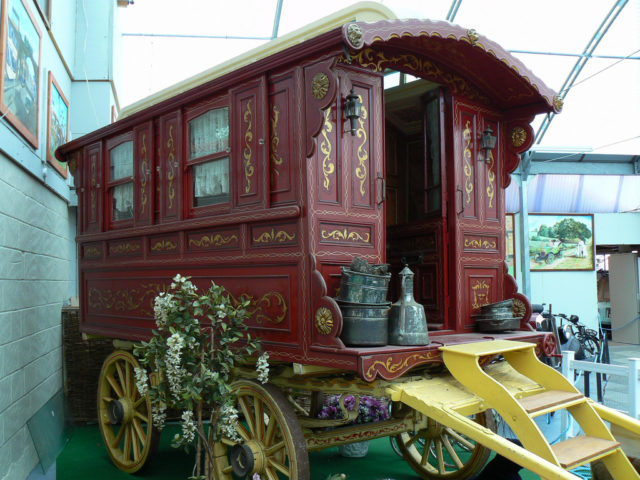
A great number of Romani traveling groups consisted of parents, children, and grandparents, but extended family members too. Each member of the group made their contributions to the moveable household. When adults were out working, the elderly spent their days with the young.
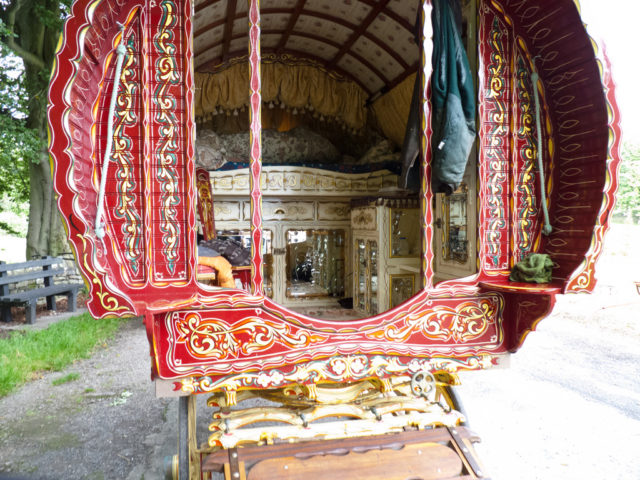
In the evenings, all the folks would gather around the fireplace to share the events of the day, and then enjoy themselves by singing songs or perhaps telling stories after eating.
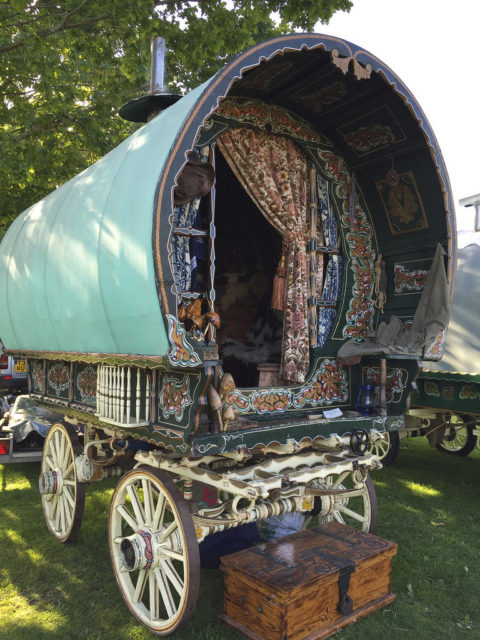
The vivid vardo wagons came to symbolize this way of Romani life only when they were introduced around the mid 19th-century. Up until that point, a tent dwelling had made a good enough shelter. The structure of the tent was sophisticated in that it had space in the middle for making a fire and there would also be an opening above to enable the smoke to move out of the living space.
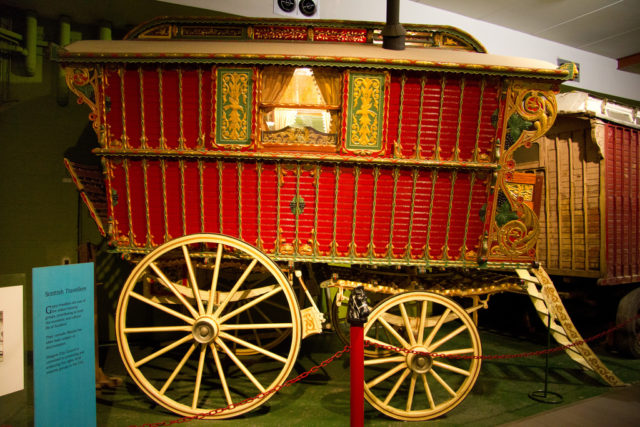
When the vardo caravans appeared, however, they provided a much cozier living environment.
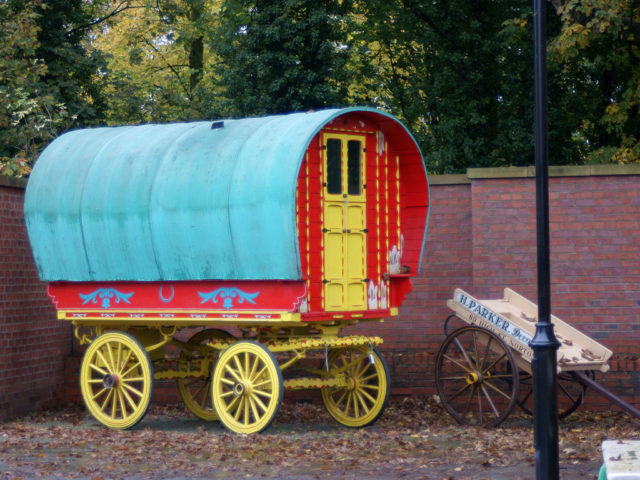
As the back of the wagon usually made space for sleeping, any wagon would also typically feature a small cooker and other pieces of furniture, such as a table, cupboards, and mirrors. The inside of the wagon made for a homey living space, and the exterior spoke of the status of the family. Elaborate carvings and complex painted designs of animals or flowers were some of the common features to be seen on the Romani caravans.
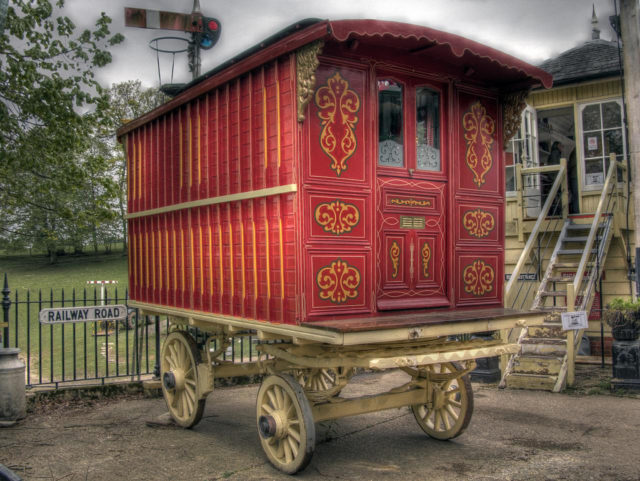
However, if those details were carvings of gold leaves, that specifically pointed out that the Romani family was quite wealthy. The exterior decor of the vardo was almost always personal, and some particular designs have made individual makers recognizable for their craftsmanship and artwork.
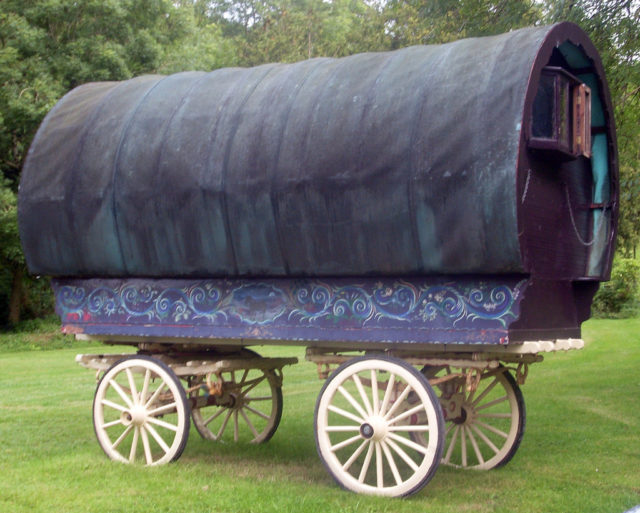
The vardo wagons, like a house on four wheels, saw their heyday through the second half of the 19th century, and the trends continued over the first two decades of the 20th century. Its popularity eventually dropped following the end of World War Two.
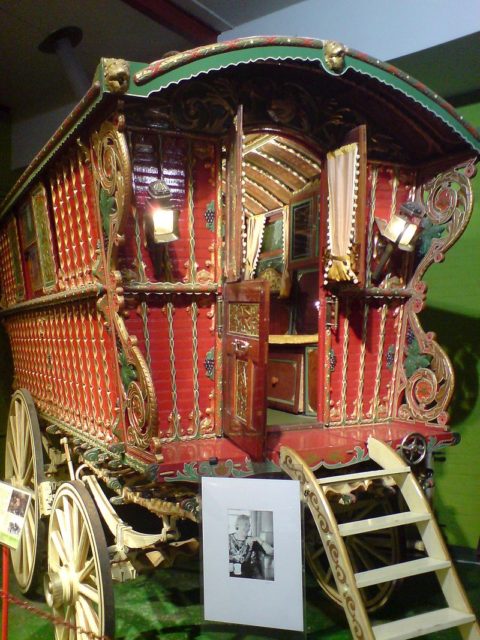
During this period, newly introduced legislations made it all the more difficult for their users to find good stopping places for wintertime. That is how the British Romani people eventually had to give up their custom of a traveling lifestyle and took to settling down.
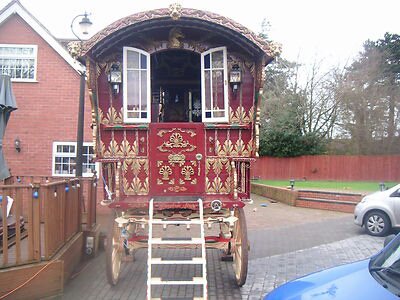
Such change meant that after so much time spent living outdoors, the Romani had to adjust their ancient customs to a new setting. Even though their life on the move largely ended, the vardo wagons, which were the essential means of maintaining that lifestyle, have survived.
Just like the old masters who adorned the vardo caravans with various colors and ornaments, there are contemporaries such as Yorkie Greenwood or Tol Thompson producing wagons just like those of the Gypsies, and their collections are here to remind us of the beautiful heritage of the Romani culture.
